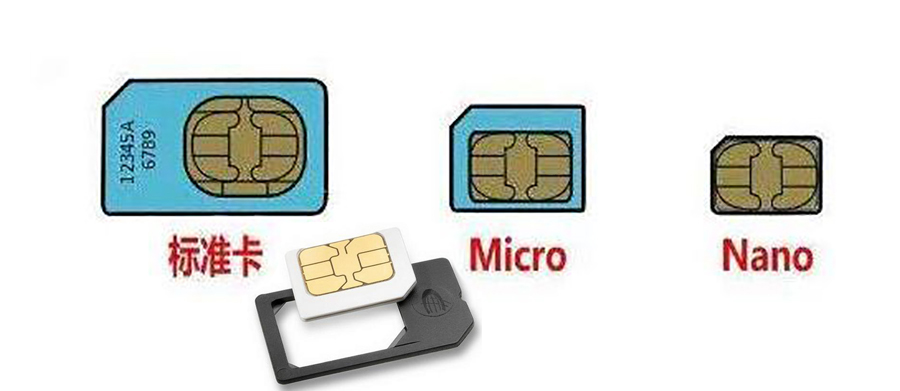
Privacy statement: Your privacy is very important to Us. Our company promises not to disclose your personal information to any external company with out your explicit permission.
Select Language
The difference between SIM card and SD card
1. SIM card is the abbreviation of subscriber identification module, also known as user identification card, smart card. GSM digital mobile phone must be installed with this card before it can be used. The size of Sim can be divided into three types: standard card 25 × 15 × 0.8mm; micro SIM card 12x15 × 0.8mm; nano SIM card 12.3 × 8.8 × 0.7mm; nano SIM card 12.3 × 8.8 × 0.7mm; SIM card size: 25 × 15 × 0.8mm; micro SIM card: 12x15 × 0.8mm; nano Sim card: 12.3 × 8.8 × 0.7mm;
In general, the IC chip of SIM card has 128KB storage capacity, which can store the following information: 1000 sets of telephone numbers and their corresponding names and characters, 40 groups of short messages, more than 5 groups of newly dialed numbers, and 4-digit SIM card password (PIN).
There are more than 16K, 32K, 64K, 128K, 512k and 1m SIM cards on the market, as well as professional SIM cards that can provide multimedia services and non-contact services. The capacity can reach M-level.
2. The SD card was jointly launched by Panasonic, Toshiba and SanDisk, and was released in August 1999. The data transmission and physical specification of SD card is developed from MMC. The size of SD card is similar to that of MMC card. The size is 32 x 24 x 2.1 mm. The length and width of the MMC card are the same, but 0.7mm thicker than the MMC card to accommodate a larger storage unit. SD and MMC cards are compatible upward. MMC cards can be accessed by new SD devices. Compatibility depends on application software, but SD cards cannot be accessed by MMC devices.
SD capacity has 8MB, 16MB, 32MB, 64MB, 128MB, 256MB, 512MB, 1GB, 2GB
The capacity of SDHC is 2GB, 4GB, 8GB, 16GB and 32GB
The capacity of SDXC is 32GB, 48gb, 64GB, 128GB, 256gb, 512gb, 1TB and 2TB
The speed classification method of SD card in sd2.0 specification is: the speed of ordinary card and high-speed card is defined as class 2, class 4, class 6 and class 10. Before the release of class10 card, there were cards of class 11 and class 13 for a while, but this standard was not finally agreed by SDA.
Sd3.01 specification is called ultra high speed card, and the rate is defined as uhs-i and uhs-ii. As of the second quarter of 2013, only uhs-i cards had been listed. Uhs-ii was released in the fourth quarter of 2012, but in terms of the speed of technology development before 2014, uhs-i is fully enough to last 2014 or even longer. The speed level of uhs-i card is divided into uhs-class0 and uhs-class1. The class of uhs-i is different from that of sd2.0. There is no clear class0 card, which literally means that the card cannot reach class 1. Maybe the old class standards in the future will be classified as class0. Class 1 represents the maximum read rate of 104mb / s, while the class in sd2.0 standard represents the minimum write speed range.

LET'S GET IN TOUCH

Privacy statement: Your privacy is very important to Us. Our company promises not to disclose your personal information to any external company with out your explicit permission.

Fill in more information so that we can get in touch with you faster
Privacy statement: Your privacy is very important to Us. Our company promises not to disclose your personal information to any external company with out your explicit permission.